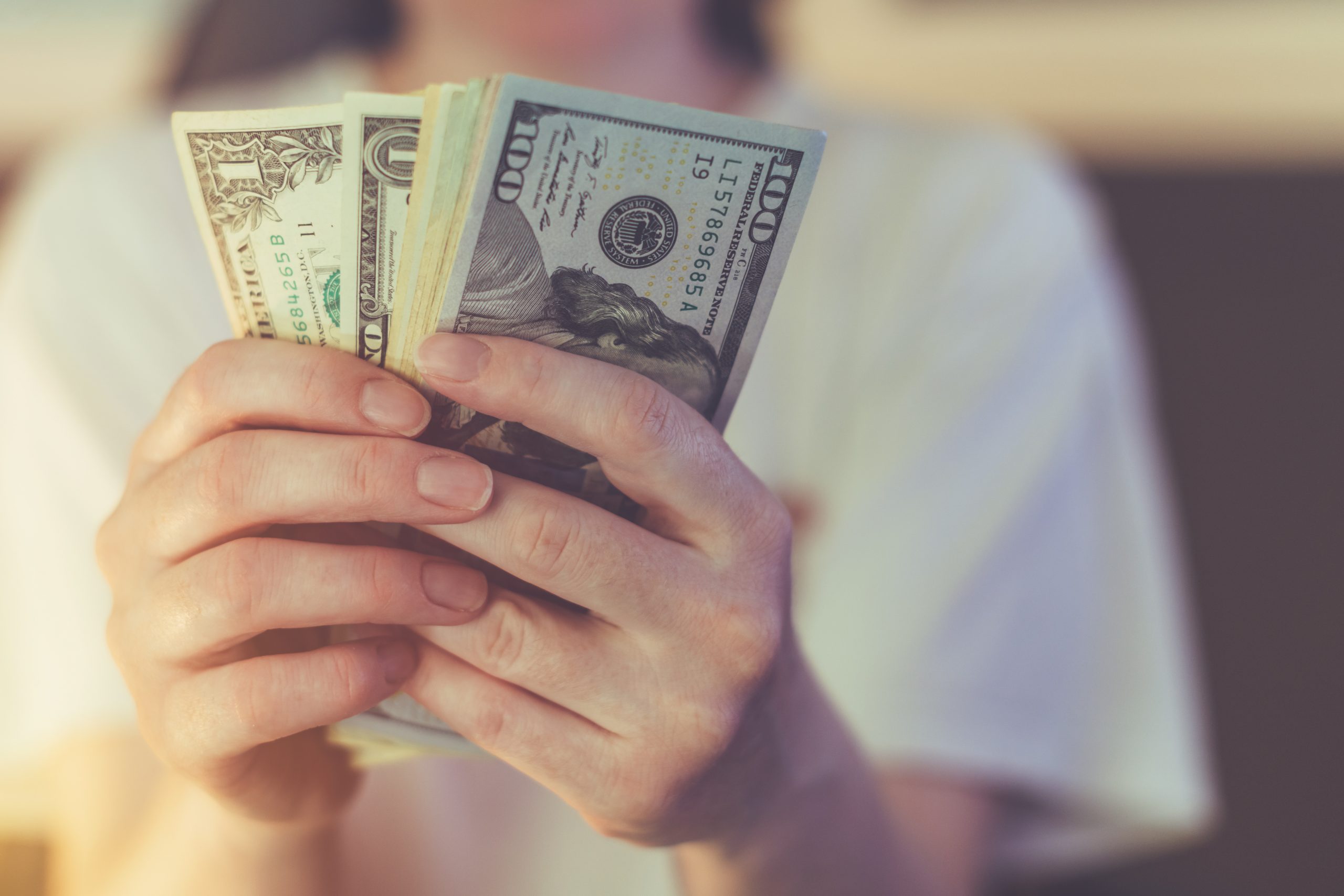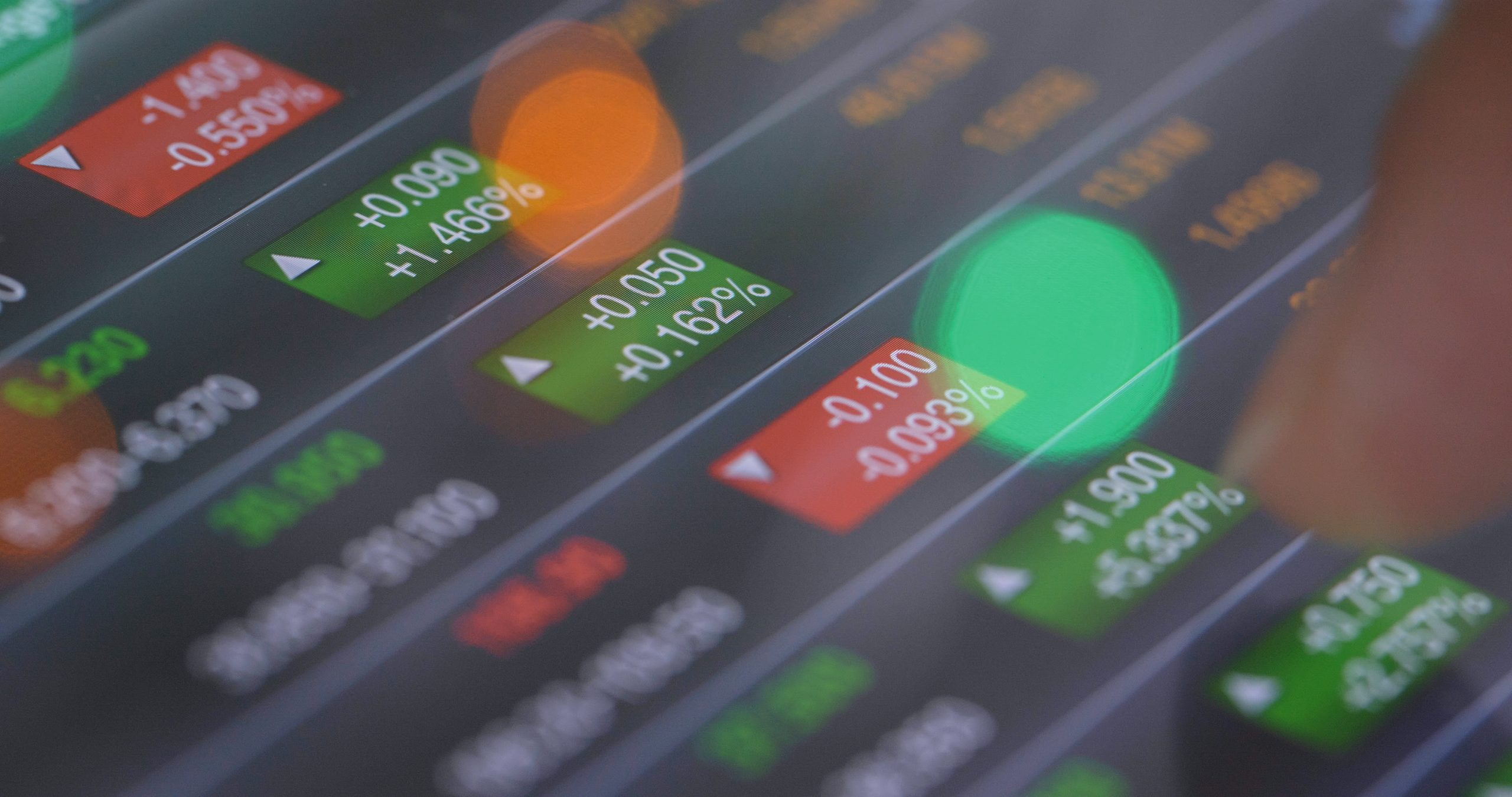
Volatility (/vä-lə-ˈti-lə-tē/) is “a statistical measure of the dispersion of returns for a given security or market index,” according to Investopedia. In other words, it’s the market bouncing up and down. But let’s face it, it’s not the ups with which we have a problem; it’s the downs.
Through the field of behavioral economics, we’ve learned that the downs hurt more than ups help — by a ratio of 2-to-1. That’s why we take more notice and feel more pain, especially with the media helping to sensationalize the most recent “crash” du jour.
While we can’t argue with (and shouldn’t condemn) our emotions in the midst of market downturns, we can condition — or train — our feelings. Furthermore, we can also take action in the midst of downward volatility to better prepare ourselves for making the most of the next upward trend.
These three Forbes articles from Tim Maurer of the BAM ALLIANCE are designed to offer volatility training. Hopefully, they’ll help you suffer less pain, and even capitalize on, this and future bouts of our least-preferred form of market volatility:
The opinions expressed by featured authors are their own and may not accurately reflect those of the BAM ALLIANCE®. This article is for general information only and is not intended to serve as specific financial, accounting or tax advice.
© 2019, The BAM ALLIANCE®



